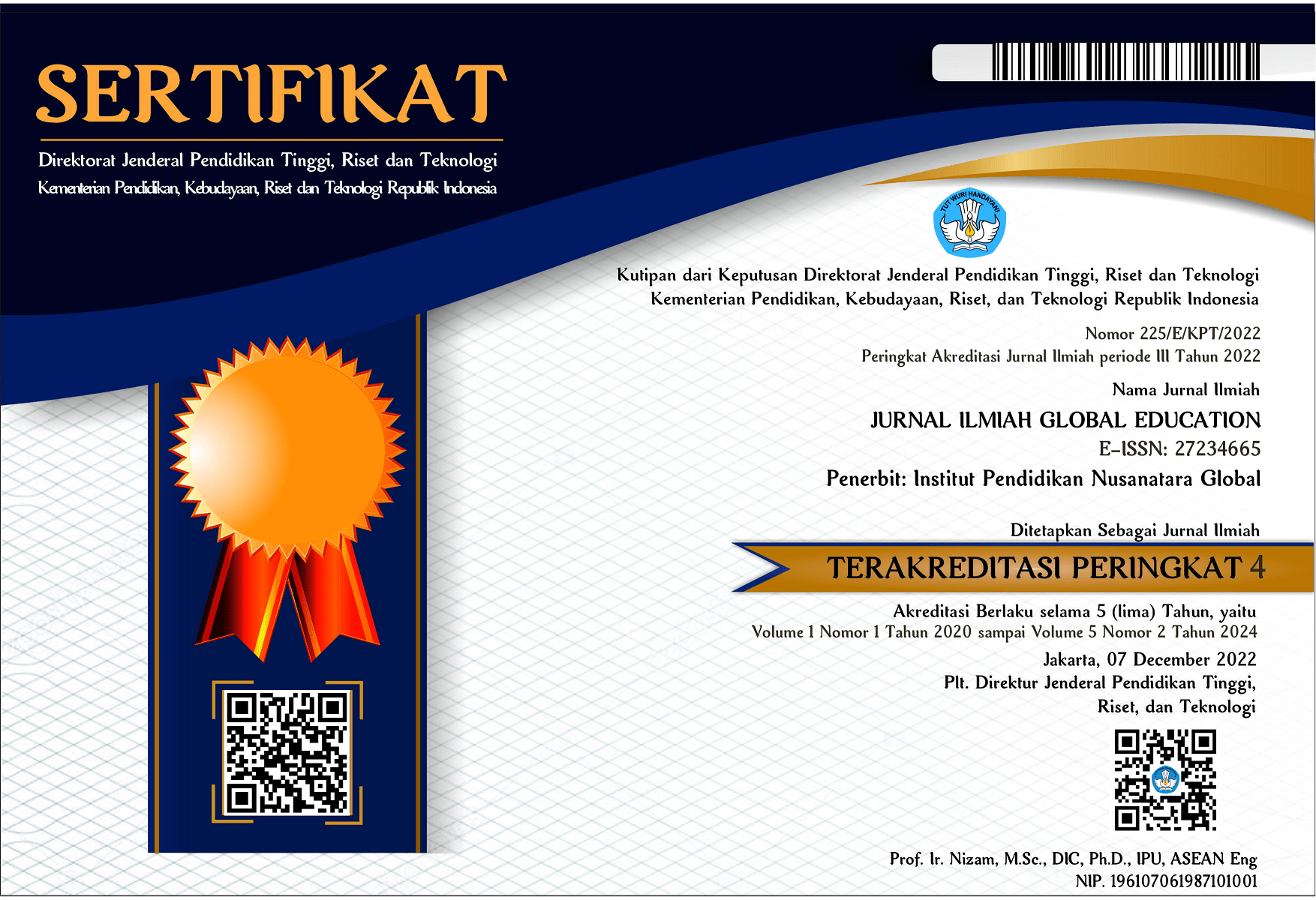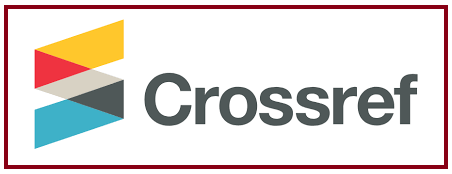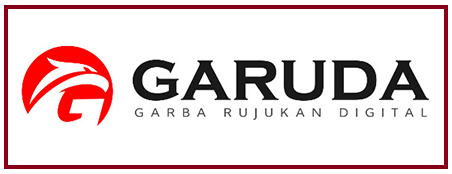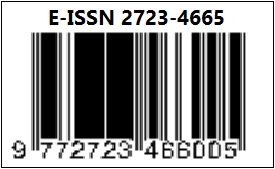Ethnobotanical Study of Food Plant Diversity Tubers at Suralagga Village East Lombok
DOI:
https://doi.org/10.55681/jige.v5i3.3281Keywords:
Ethnobotany, Food Plants, SuralagaAbstract
Suralaga village is located in Suralaga sub-district, East Lombok Regency, has great potential as a producer of tuber food because it has fertile agricultural land, this research uses exploratory or cruising methods and the data obtained is then analysed descriptively qualitative. From the results of the study found 5 families, namely: Euphorbiaceae family consists of 1 species namely Manihot esculenta Crantz (Cassava) with 2 colour variants namely: white colour and yellow colour. The Convolvulaceae family consists of 1 species, namely Ipomoea batatas L (Sweet potato) with 3 colour variants, namely: purple colour, white colour, purple colour. The Dioscoreaceae family consists of 1 species Dioscorea esculenta (Gembili). The Aracea family consists of 1 species of Colocasia esculenta (Taro) and the Cannaceae family consists of 1 species of Canna Discolor (Ganyong).
Downloads
References
Amany A. Abd- Ellatif, Abo-El-Ezz. E Shehata and Sabry & M. Youssef. (2010). Effect of Planting Date and Intra-Row Spacing on Growth, Yield and Quality of Taro. Research Journal of Agriculture and Biological Sciences, 6(6), 806-814.
Amrullah L, Affan Gaffar, Marsahip, (2023) Etnobotani Keragaman Tumbuhan Pangan dan Pemanfatannya di Desa Labulia Kecamatan Jonggat Lombok Tengah. Jurnal Kridatamasains dan Teknologi, 5(02), 518-527.
Amrullah L, Marsahip, (2023) Kajian Etnobotani Tumbuhan Pangan Jenis Ubi-Ubian dilereng Timur Gunung Sasak, Jurnal tampiasih, Jurnal Tampiasih, 1(3), 11-20.
BALITKABI Balai Penelitian Tanaman Aneka Kacang dan Umbi. 2015. Deskripsi Kedelai, 5(89-97)
Harmayani, E., Murdati A., Griyaningsih, (2011). Karakterisasi Pati Ganyong (Canna edulis) dan Pemanfaatannya Sebagai Bahan Pembuatan Cookies dan Cendol. agriTECH, 3(2), 115–128.
Komarayanti, S. (2017) Ensiklopedia Buah-Buahan Lokal Berbasis Potensi Alam Jember. Jurnal Biologi dan Pembelajaran Biologi, 2(3), 1-7.
Latifah, E., & Prahardini, P.E.R. (2020) Identifikadi dan Deskripsi Tanaman Umbi-Umbian Pengganti Karbohidrat di Kabupaten Trenggalek. Agrosains: Jurnal Penelitian Agronomi, 22(2), 94- 104.
Prameswari, R. D., & Estiasih, T. (2013). Pemanfaatan Tepung Gembili (dioscorea esculenta l.) dalam Pembuatan Cookies. Jurnal Pangan dan Agroindustri, 4(3), 1-6.
Prana MS, Kuswara T. (2000) Budidaya Talas Jakarta: Madikom Pustaka Mandiri.1(3),38-42.
Setiawan, H., Qiptiyah, M. (2014) Kajian Etnobotani Masyarakat Adat Suku Moronene di Taman Nasional Rawa Aopa Watumohaim. Jurnal Penelitian Kehutanan Wallacea, 1(2), 15–123.
Silalahi, M., Nisyawati, Walujo EB & Supriatna, J. (2015) Local Knowledge of MedicinaPlantsin Subethnic Batak Simalungun of North Sumatra, Indonesia. Biodiversitas, 16(1), 44-54.
Suliartini R, Gusti W, Teguh, Muhidin. (2011) Pengujian Kadar Antosianin Padi Gogo Beras Merah Hasil Koleksi Plasma Nutfah Sulawesi Tenggara. Jurnal Ilmiah Budidaya Pertanian, 3(2), 45-46.
Suliartini, R. Gusti, W. Teguh, dan Muhidin. (2011) Pengujian Kadar Antosianin Padi Gogo Beras Merah Hasil Koleksi Plasma Nutfah Sulawesi Tenggara. J.Crop Agro 4(1), 43-48.
Syafitri, N. E., Bintang, M., & Falah, S. (2014). Current Biochemistry Current Biochemistry Kandungan Fitokimia, Total Fenol, dan Total Flavonoid Ekstrak Buah Harendong (Melastoma Affine D. Don). Current Biochemistry, 1(3), 105–115.
Yuliatmoko, Welli., Satyatama, D.I. (2012). Pemanfaatan Umbi Talas Sebagai Bahan Subtitusi Tepung Terigu dalam Pembuatan Cookies yang Disuplementasi dengan Kacang Hijau: Jurnal Matematika, Sains, dan Teknologi, 13(2), 95-96.
Downloads
Published
How to Cite
Issue
Section
License
Copyright (c) 2024 Lalu Amrullah

This work is licensed under a Creative Commons Attribution-ShareAlike 4.0 International License.













